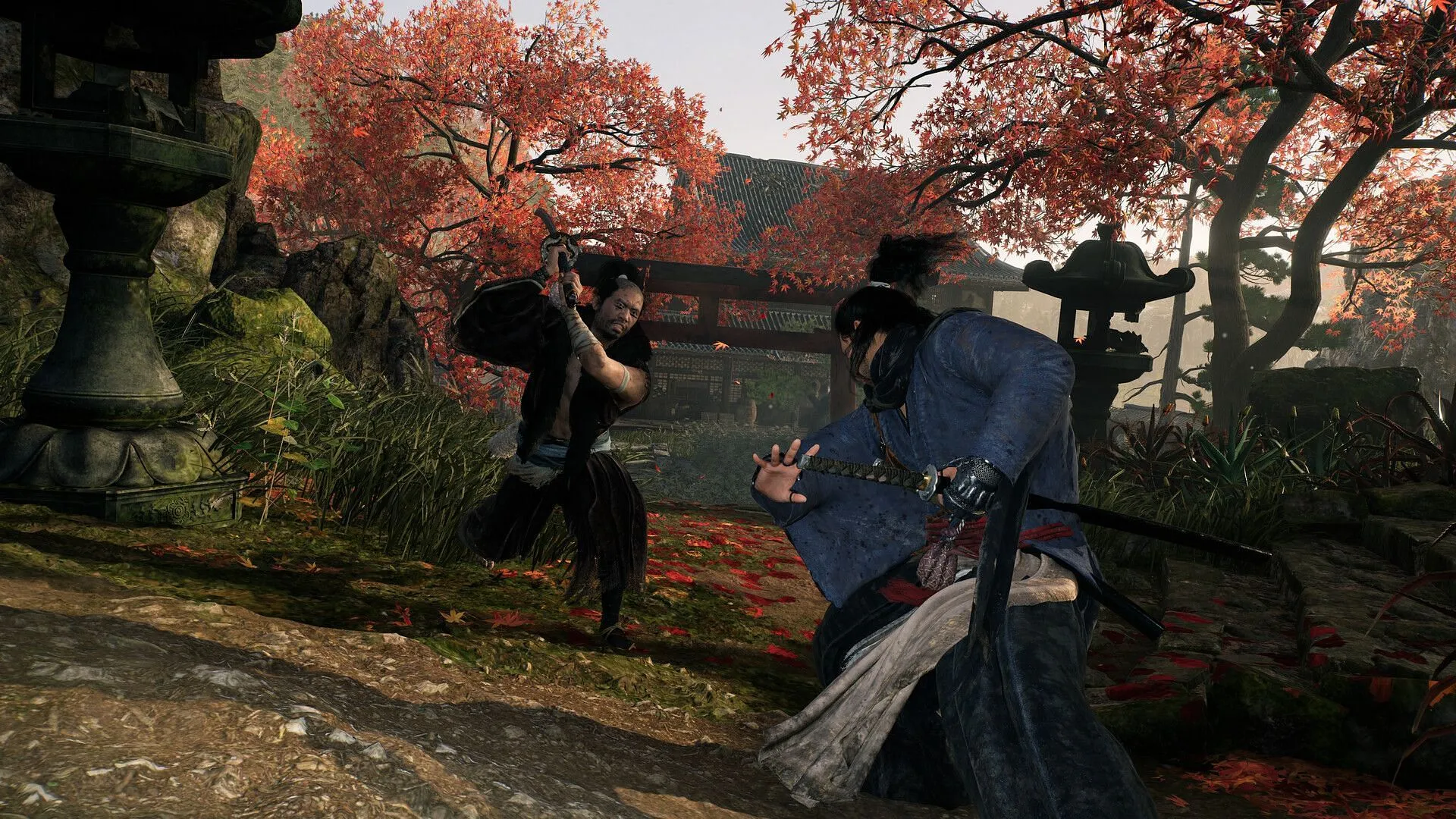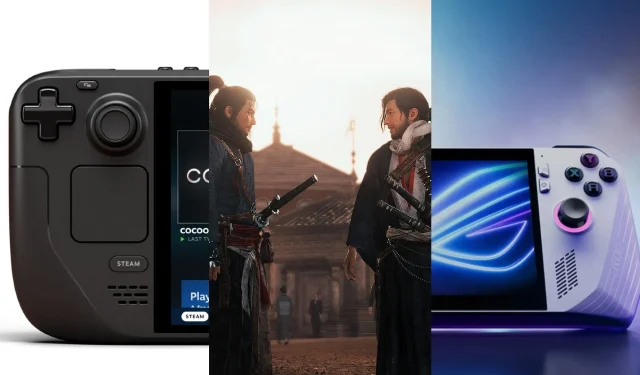As gaming on handheld devices continues to gain traction, many players are curious about the performance of Rise of the Ronin on two popular platforms: the Steam Deck and the Asus ROG Ally. Known for its fast-paced combat and intricate RPG mechanics, this title is regarded as one of the most significant releases this year. However, the critical question remains: Can these devices truly deliver a satisfactory gaming experience?
Regrettably, playing Rise of the Ronin on the Steam Deck is a cumbersome affair. Users often encounter frustratingly low frame rates and subpar optimization. While the Asus ROG Ally provides a somewhat better experience, performance issues are still prevalent. What can players do to enhance playability? Let’s delve deeper.
Performance Analysis: Rise of the Ronin on Steam Deck

For dedicated Steam Deck users, Rise of the Ronin is not a viable option. The game’s design does not align well with the Steam Deck’s hardware capabilities, revealing significant limitations. During isolated encounters, players might manage around 30 FPS, but as soon as they transition to the open world, performance drastically declines, dropping to a frustrating 14-22 FPS. This severely impacts the gaming experience, leading to sluggish mechanics that border on unplayable.
Even attempts to adjust settings or enable frame generation yield minimal improvement. The Steam Deck’s CPU and GPU constraints mean the device lacks the necessary power for seamless open-world rendering. If you insist on playing this title on the handheld, consider streaming it rather than running it natively—a far less stressful alternative.
Interestingly, Koei Tecmo’s Dynasty Warriors Origins runs adequately on the Steam Deck, highlighting that Rise of the Ronin lacks the required optimizations. Unless significant performance enhancements are released by either Valve or Koei Tecmo, this game is best avoided on the Steam Deck.
Exploring Rise of the Ronin on Asus ROG Ally

In contrast, the Asus ROG Ally (Z1 Extreme) offers a superior experience, though it’s not without its drawbacks. Out of the box, with default settings at a TDP of 15-30W, players can expect a stable 30 FPS. However, performance falters when navigating open-world environments.
Adjusting graphics settings has limited impact; lowering them typically compromises visual quality without yielding a significant FPS increase. The best tactic is to maintain default settings while manually adjusting the Asus ROG Ally’s TDP when necessary. Operating at 15W, gameplay remains smooth in confined areas, but for open worlds, increasing the TDP to 25-30W in Turbo Mode is essential for a more enjoyable experience.
One particular drawback is the slow-motion bug tied to frame pacing inconsistencies. Employing RTSS to lock the FPS at 30 can help stabilize performance. Potential enhancement of VRAM to 8 GB might also yield improvements in various instances.
Regarding frame generation, users on the Asus ROG Ally should be wary; it often results in excessive ghosting, rendering it nearly ineffective. For those seeking a better experience, consider lowering the resolution below 1080p and activating FSR 3 upscaling. This will result in reduced visual fidelity, but may help maintain a more consistent 30 FPS.
Conclusion: Is it Worth Playing on These Handhelds?
When it comes to the Steam Deck, the answer is a resounding no. The game is simply unoptimized for this platform and frequently falls below acceptable FPS levels, especially in open areas, making playability a nightmare even after extensive tweaking.
On the Asus ROG Ally, the situation is better; however, compromises are necessary. The game can run at 30 FPS on lower settings, but frame pacing problems and sporadic slowdowns hinder enjoyment. If you’re willing to adjust the TDP, lower the resolution, and accept some visual sacrifices, you may achieve a decent but far from optimal gaming experience.
Koei Tecmo acknowledges existing optimization issues, hinting at possible future patches to enhance performance. Yet, currently, the experience of Rise of the Ronin on handheld devices remains challenging, particularly for those unwilling to navigate its rough edges.


